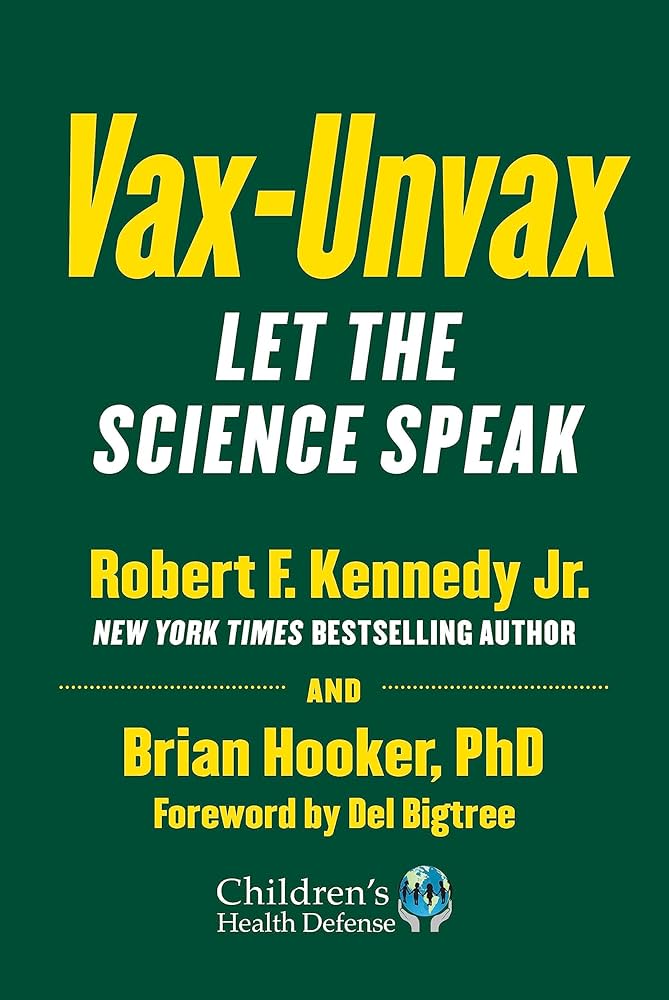
The incidence of counterfeit papers in academic literature is skyrocketing and is becoming more evident as a systemic issue rather than mere isolated cases, based on recent research. Reese Richardson, a key investigator from Northwestern University, emphasizes the alarming trend that suggests a majority of published research could be fraudulent within the next ten years.
Fundamental principles such as scientific integrity and honesty are threatened by large organizations known as paper mills, which systematically promote scientific fraud by creating and distributing thousands of fictitious studies each year. Researchers are under intense pressure to publish, which prompts some to turn to paper mills in order to maintain their reputation or advance in their careers. This has fostered a climate in which dishonesty seems essential for achievement, according to Richardson.
Widespread Issue
In contrast to previously highlighted incidents, researchers led by Luís Nunes Amaral performed a systematic examination revealing that the scale of the paper mill issue is even broader than expected. By analyzing 2213 articles flagged for image duplications, they found that counterfeit articles are frequently published in batches, aided by brokers—editors who manipulate publishing processes. For example, Frontiers recently retracted 122 articles owing to fraudulent behaviors.
The examination uncovered a dramatic rise in suspected fraudulent articles, doubling approximately every 1.5 years, in stark contrast to a 15-year doubling rate for all publications. Financial motivations and a focus on publication counts are identified as primary drivers of this phenomenon, although these should not dominate the aims of scientific inquiry, asserts Jana Christopher, an expert on image integrity.
Scrutiny of the journal Plos One revealed a small number of editors responsible for an unevenly large proportion of retracted articles, indicating a network of operations within the publishing ecosystem. Similar trends were observed in Hindawi journals and IEEE conference proceedings, hinting at systemic fraud within scientific publishing.
While there are initiatives to combat paper mills, the scientific community continues to struggle with their persistence and adaptability. Paper mills regularly change journals to elude detection and adjust to sector dynamics, as illustrated by organizations like the Academic Research and Development Association (ARDA), which updates its journal list to ensure publication assurances for its clients.
Fraudulent activity varies across scientific disciplines; in some sub-fields, the prevalence of deceitful papers has become so significant that authentic research is nearly impossible. The retraction rate, a marker of fraud, differs markedly among scientific areas, hindering genuine scientific advancement, particularly within certain RNA biology sub-fields.
Looking Ahead
Tackling this issue remains a point of contention. Current strategies involve employing artificial intelligence to detect irregularities, post-publication peer review, and article retraction; however, differentiating between legitimate and fraudulent research is increasingly difficult, according to Christopher. Amaral advocates for proactive institutional strategies to prevent the proliferation of fraudulent material, suggesting penalties for those engaging with paper mills to cleanse and fairly reorganize the scientific community. In the meantime, Richardson urges a decrease in competition within science, highlighting the necessity of fair practices on both global and local scales to address the paper mills dilemma.